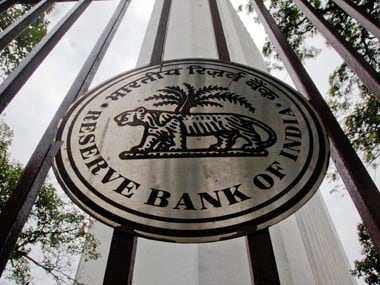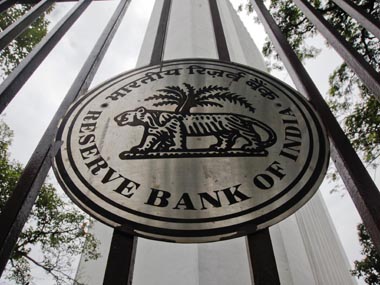There is a clear build-up of expectations for yet another round of rate cut by the Reserve Bank of India (RBI) today when Raghuram Rajan announces his sixth bi-monthly monetary policy. On 15 January, Rajan unexpectedly cut the repo rate, or the key lending rate, to 7.75 percent, marking the first rate cut in his tenure. Many expect Rajan to go for another quarter percentage rate to follow up the earlier rate cut in line with the central bank’s monetary easing stance following the near-death of inflationary pressures as seen in the last few months. If one goes by the last monetary statement of Rajan on 15 January when he announced the surprise rate cut, it is unlikely that he would go for rate cut this time. “Key to further easing are data that confirm continuing disinflationary pressures,” Rajan said. Between the last rate cut and now, only a fortnight has passed and no key macro numbers have come out except that of the core sector growth, which includes output in 8 sectors namely coal, crude, natural gas, petroleum refinery, steel, cement, fertilizer and electricity. These sectors as a whole have about 38 percent weight in the index for industrial production. As per the data released yesterday, in December the infrastructure sector growth slowed sharply to 2.4 percent from 6.7 percent in November. Rajan, however, is unlikely to be swayed with this set of numbers since the central bank has made it clear before that it wouldn’t form an opinion with just one month’s numbers. Experts too have indicated that the core sector numbers are not as disappointing as it appears to be. [caption id=“attachment_2076303” align=“alignleft” width=“380”]  Reuters[/caption] For instance, Samiran Chakraborty of Standard Chartered Bank said in a report in Moneycontrol the infrastructure sector growth for the October -December quarter, as a whole ,is not disappointing as the other two months had higher numbers (6.3 percent in October). Also, variables that prompted Rajan to go for an early rate cut that time — low crude prices, weak domestic demand and falling vegetable prices — haven’t shown any visible change in the trend. Money markets — rupee and bonds — too have been largely steady. Notably, Rajan had also highlighted the need for sustainable quality of fiscal consolidation as a precondition to further rate cuts and improvement in the key infrastructure to enhance factory output, in the last monetary statement. Quality of fiscal consolidation wouldn’t worry Rajan given that finance minister Arun Jaitley has time and again stressed his intent to stick to the 4.1 percent fiscal deficit target and chances are less that he would overshoot the target. In a recent note, Citi group has said that the government is likely to manage the target, by way of the combined benefit of a ‘compression’ in the plan expenditure and pick-up in divestment process. The BJP government wants to bring down the fiscal deficit to 3 percent by fiscal year 2017. The government mopped up around Rs 23,000 crore through last week’s stake sale in Coal India and more disinvestments in blue chip PSUs are likely in the approaching months. This will certainly give some cushion to the government to stick to the path of fiscal consolidation. Besides, the steep fall in crude oil prices too will be a boon for Jaitley. The second factor — steps to overcome supply constraints and assure availability of key inputs such as power, land, minerals and infrastructure — is something that will take time to achive. To be sure, the government has already initiated process to remove the hurdles in the infrastructure sector and is pushing up coal production. Also, as Firstpost has noted before , the ability of the RBI rate cuts to translate into lower bank lending rates for individuals and companies is limited in the current scenario given the high level of stressed assets on banks’ balance sheets and poor demand. Rajan would probably wait a bit to see the actual action on the ground by the government to resolve the structural bottlenecks in the economy. The forthcoming budget can offer some sense to the central bank about the government’s roadmap to achieve credible improvement in the issues plaguing the core sectors. If one goes by the indications, Tuesday’s policy is likely to be largely a non-event. It is fairly certain that the central bank would go for a further 25-50 basis points (bps) rate cut in the later part of the year. But possibly, that is likely to happen in the next fiscal year. That said, Rajan can always choose to surprise the markets through unexpected, unscheduled rate calls.
If one goes by the indications, Tuesday’s policy is likely to be largely a non-event; but Rajan can always surprise
Advertisement
End of Article


)

)
)
)
)
)
)
)
)



